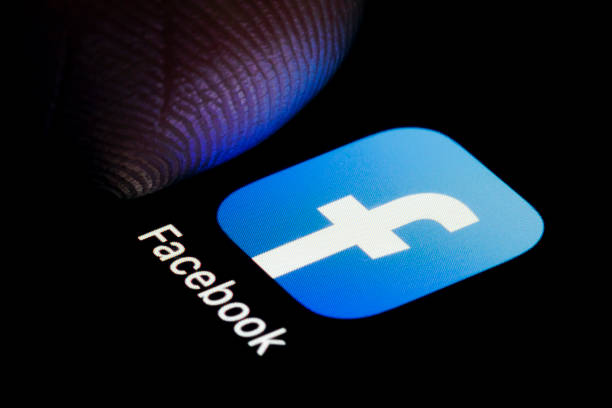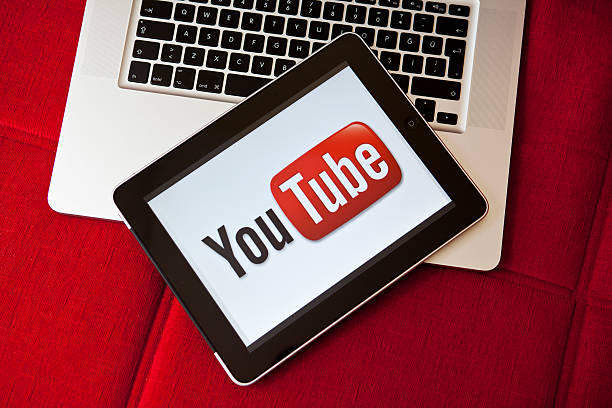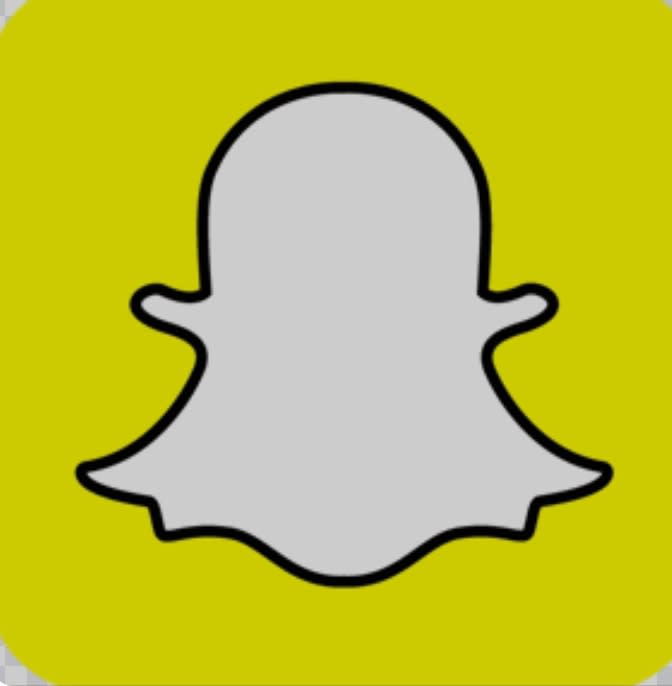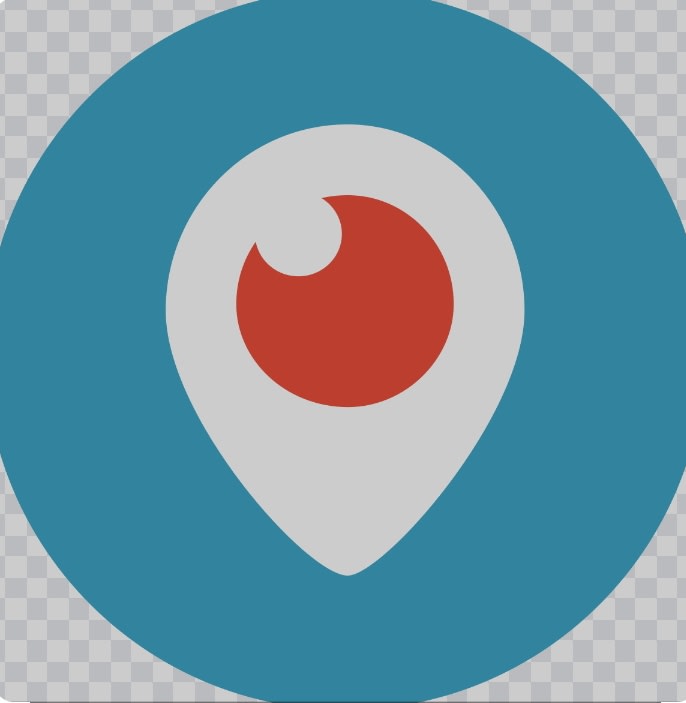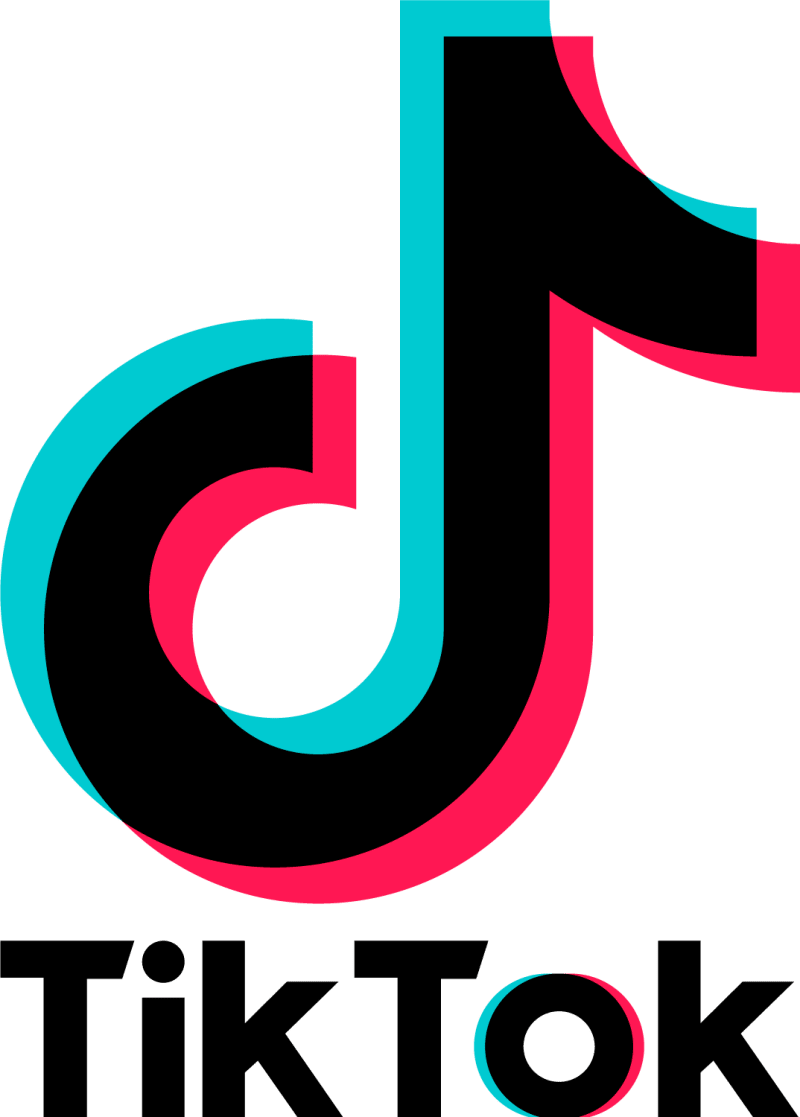The evolution of social media platform
Table of contents
- Introduction
- Early Days (1990s - early 2000s)
- Rise of Blogging and Early Social Networks (2000-2005)
- Dominance of Facebook and Expansion (2004-2010)
- The Smartphone Era (2007 - 2015):
- Diversification and Mobile Era (2010-2015)
- The Era Of Visual Content (2010-2020)
- Current Trends and Future Directions
- Positive impacts of social media platforms
- Negative impacts of social media platforms
- Challenges of social media platforms
- References
Introduction
Social media platforms are online services or websites which allow users to create and share content, interact with others, and be part of virtual communities. Examples include Facebook, Twitter, Instagram, Tiktok, LinkedIn, Snapchat, Pinterest, Reddit, Tumblr and YouTube.
The evolution of social media platforms has changed the way we connect, communicate and collaborate.
This evolution has been brought about by technology advancement, previous limitations and the ever growing user needs.
In this article we will cover the evolution of the social media platforms from early years to the present.
Early Days (1990s - early 2000s)
The foundations of social media were laid in the late 1990s and early 2000s with the emergence of platforms like Six Degrees, Friendster, and LiveJournal. These early platforms focused on building online communities and allowing users to create personal profiles, connect with friends, and share content:
BBS and Usenet: Bulletin Board Systems (BBS) and Usenet groups were early forms of online communities, allowing users to post messages and share files.
Six Degrees (1997): Often considered the first recognizable social media site, it allowed users to create profiles and friend others.
Rise of Blogging and Early Social Networks (2000-2005)
-
LiveJournal (1999): A platform for journaling and blogging, emphasizing community building.
-
Friendster (2002): Focused on connecting friends and meeting new people, though it struggled with technical issues.
-
MySpace (2003): Became hugely popular for its customizable profiles and music sharing, attracting a large youth demographic.
-
LinkedIn (2003): Targeted professional networking, helping users to establish business connections.
Dominance and Expansion of social media platforms (2004-2010)
- Facebook (2004): Initially launched by Harvard student Mark Zuckerberg gaining popularity to college students. It is later expanded to the general public in 2006 and quickly became the dominant social network due to its user-friendly interface and wide range of features.
-
Monthly active users: 2.96 billion, Daily active users: 2 billion.
- YouTube (2005): Revolutionized video sharing, becoming a platform for user-generated content and a new form of social media.
-
Monthly active users: 2.6 billion, Daily active users: 122 million.
- X, formerly twitter: Introduced the concept of microblogging with its 140-character limit, providing a platform for short real-time updates, conversations and trending topics.
-
Monthly active users: 450 million, Daily active users: 206 million.
The Smartphone Era (2007 - 2015):
The introduction of the iPhone in 2007 and the subsequent proliferation of smartphones significantly impacted the social media landscape. Platforms like Instagram (2010) and Snapchat (2011) were designed with mobile-first experiences, capitalizing on the growing use of smartphones and the desire to share visual content.
Diversification and Mobile Era (2010-2015)
-
Instagram (2010): Focused on photo and video sharing with a simple, visually appealing interface, becoming a key player in the social media landscape.
Features:
1. Photo and Video Sharing:
- Users can upload photos and videos to their profile.
- Editing tools, filters, and tags can be added to enhance the posts.
- Users can caption their posts, tag other users, and add location information.
2. Stories:
- Photos and videos that disappear after 24 hours.
- Stories can include text, stickers, music, and interactive elements like polls and questions.
- Highlights allow users to save and showcase their Stories on their profile.
3. Reels:
- Short, engaging videos similar to TikTok.
- Users can add music, effects, and new creative tools.
- Reels can be shared on the Explore page to reach a wider audience.
4. IGTV:
- A platform for longer videos.
- Users can create and upload videos up to an hour long (or longer for verified accounts).
- IGTV videos can be previewed in the feed.
5. Direct Messaging:
- Private messaging for direct communication.
- Includes text, photos, videos, and disappearing messages.
- Group chats and video calls are also supported.
-
Pinterest (2010): Allowed users to "pin" images to virtual boards, catering to interests and hobbies.
Features:
1. Pins:
- Users can save (pin) images, videos, and links to their boards.
- Pins can be customized with descriptions, tags, and links back to the original source.
2. Boards:
- Collections of pins organized by themes or topics.
- Boards can be public or private, and users can invite others to collaborate on them.
3. Home Feed:
- A personalized feed of pins based on user interests and activity.
- Includes content from followed accounts and recommended pins.
4. Explore:
- A section for discovering trending and popular content across various categories.
- Provides curated content and inspiration based on themes like fashion, home decor, food, and travel.
-
Snapchat (2011): Introduced ephemeral content with disappearing messages and stories, appealing to a younger audience.
Features:
- Snaps:
- Send photos and videos that disappear after being viewed.
- Add text, drawings, stickers, and filters to personalize Snaps.
- Snaps can be sent to individual friends or added to your Story.
- Stories:
- Share Snaps that stay live for 24 hours.
- Friends can view Stories as many times as they like within that period.
- My Story is visible to all your friends, while Custom Stories can be shared with selected friends or groups.
- Chat:
- Send text messages, photos, videos, and voice notes.
- Messages disappear after they are viewed, unless saved in the chat.
- Includes stickers, Bitmojis, and GIFs for more expressive chats.
-
WhatsApp (2009) and WeChat (2011): Emerged as major messaging platforms with social features.
Features:
- Text Messaging:
- Send and receive text messages.
- Supports rich text formatting like bold, italics, and strikethrough.
- Multimedia Messaging:
- Share photos, videos, and audio recordings.
- Supports GIFs and stickers for more expressive conversations.
- Voice and Video Calls:
- Make free voice and video calls over the internet.
- Supports one-on-one and group calls.
Other Features:
- Group communication
- End-To-End Encryption
- Whatsapp Status
Wechat:
https://www.wechat.com
Features:
- Text Messaging:
- Send and receive text messages.
- Supports rich text features like emojis and stickers.
- Voice and Video Calls:
- Make free voice and video calls over the internet.
- Supports one-on-one and group calls.
- Multimedia Messaging:
- Share photos, videos, audio messages, and documents.
- Supports GIFs, stickers, and short videos.
- Group Chats:
- Create group chats with up to 500 members.
- Share messages, media, and documents within the group.
- Admin controls for managing group settings and participants.
The Era Of Visual Content (2010-2020)
Social media platforms evolved to cater to the demand of more visual forms of content since there was an advancement in the user preferences.
Instagram, Snapchat, and later TikTok (2016) gained widespread popularity, enabling users to capture, edit, and share photos, videos, and short-form content.
Live Streaming and Short-Form Content (2015-Present)
-
Periscope (2015): Pioneered live streaming, integrated with Twitter for real-time broadcasts.
-
TikTok (2016): Originally launched as Douyin in China, it gained global popularity for its short, engaging video content, using powerful algorithms to surface trending content.
-
Clubhouse (2020): Popularized audio-based social networking, focusing on live, drop-in conversations.
Current Trends and Future Directions
- Integration with E-commerce: Platforms like Instagram and Facebook have integrated shopping features, enabling social commerce.
- Augmented Reality (AR) and Virtual Reality (VR): Platforms like Snapchat and emerging metaverse platforms are exploring immersive experiences.
- Privacy and Data Security: Growing concerns over data privacy and handling of user information led to social media platforms facing increased scrutiny and had to adapt their policies and practices. This led to the implementation of stronger privacy controls, data transparency measures, and user empowerment features.
- AI and Personalization: Enhanced algorithms and AI are driving more personalized content and advertisements.
- The Integration Of Emerging Technologies
- Social media platforms have integrated emerging technologies, such as artificial intelligence, augmented reality, and virtual reality, to enhance user experiences, content creation, and engagement. This has led to the development of features like AR filters, interactive experiences, and AI-powered content recommendations. Positive impacts of social media platforms
Social media platforms have brought about several positive impacts on individuals, societies, and various aspects of our lives:
- Connection and Communication: Social media enables people to connect and communicate with friends, family, and acquaintances regardless of geographical barriers. It fosters relationships, facilitates staying in touch, and provides a platform for sharing updates, photos, and memories.
- Information Sharing and Awareness: Social media serves as a powerful tool for sharing information, news, and updates on a wide range of topics. It helps raise awareness about social issues, current events, and humanitarian causes, mobilizing support and driving positive change.
- Community Building: Social media platforms facilitate the formation of online communities based on shared interests, hobbies, identities, or causes. These communities provide support and a sense of belonging to individuals who may feel isolated or marginalized in offline spaces.
- Education and Learning: Social media platforms offer access to a wealth of educational resources, including tutorials, webinars, and online courses. They provide opportunities for lifelong learning, skill development, and knowledge sharing in various fields, from academics to hobbies to professional development.
- Business and Entrepreneurship: Social media has transformed the way businesses engage with customers, market their products or services, and build brand awareness. It offers cost-effective marketing tools, targeted advertising options, and opportunities for businesses to connect directly with their target audiences.
- Crisis Response and Support: Social media plays a crucial role in crisis response, providing real-time updates, emergency alerts, and information dissemination during natural disasters, humanitarian crises, or public health emergencies. It also facilitates fundraising efforts and mobilizes support for affected communities.
- Political Engagement and Activism: Social media platforms empower individuals to participate in political discourse, express their opinions, and advocate for social and political change. It facilitates grassroots activism, mobilizes communities, and holds governments and institutions accountable.
- Cultural Exchange and Diversity: Social media exposes users to diverse perspectives, cultures, and experiences from around the world, fostering cross-cultural understanding, empathy, and appreciation for diversity. It breaks down barriers and promotes intercultural dialogue and exchange. Negative impacts of social media platforms
Social media platforms have brought about several negative impacts on individuals, societies, and various aspects of our lives:
- Addiction and Dependence: Social media can be addictive.Individuals may find it difficult to disconnect from social media, leading to distractions and decreased productivity.
- Cyberbullying and Harassment: Social media provides a platform for cyberbullying, harassment, and online abuse.
- Privacy Concerns: Social media platforms often collect vast amounts of user data, raising concerns about privacy breaches, data misuse, and surveillance.
- Distorted Self-Image: Social media often portrays unrealistic standards of beauty, success, and lifestyle, leading to feelings of inadequacy, body image issues, and self-esteem problems, especially among young users.
- Sleep Disturbance: The use of social media before bedtime can disrupt sleep patterns and quality. The blue light emitted by screens interferes with the production of melatonin, making it harder to fall asleep and negatively affecting overall sleep health.
- Decreased Attention Span: Constant exposure to short-form content and notifications on social media platforms can lead to decreased attention spans and difficulties in focusing on tasks requiring sustained concentration. Challenges of social media platforms
Social media platforms face various challenges, including:
- Privacy Concerns: Social media platforms collect vast amounts of user data, raising concerns about privacy breaches, data misuse, and surveillance. Users may be unaware of how their data is being used and may have limited control over their privacy settings.
- Misinformation and Fake News: Social media facilitates the rapid spread of misinformation, rumors, and fake news. False or misleading information can easily go viral, leading to public confusion, polarization, and undermining trust in traditional media and institutions.
- Cyberbullying and Harassment: Social media provides a platform for cyberbullying, harassment, and online abuse. Individuals, particularly young people, may experience bullying, hate speech, or threats, leading to psychological distress and negative mental health outcomes.
- Addiction and Mental Health Impacts: Social media can be addictive, leading to excessive use and dependency. Excessive use of social media has been linked to various mental health issues, including anxiety, depression, loneliness, and low self-esteem.
- Online Safety and Security: Social media platforms face challenges related to online safety and security, including hacking, account hijacking, phishing scams, and identity theft. Users may be vulnerable to online predators, fraudsters, and malicious actors seeking to exploit personal information.
- Regulatory and Legal Issues: Social media platforms operate in a complex regulatory environment, facing scrutiny from lawmakers and regulators regarding issues such as data privacy, content moderation, antitrust concerns, and the spread of harmful content online. Compliance with diverse regulatory frameworks across different jurisdictions poses challenges for global platforms.
- Content Moderation and Trust: Social media platforms grapple with the challenge of moderating user-generated content to prevent the spread of harmful or illegal content, including hate speech, violence, misinformation, and extremist propaganda, while upholding principles of free speech and user expression. Inconsistent or opaque moderation policies can erode trust and credibility.
- Monetization and Advertiser Trust: Social media platforms rely heavily on advertising revenue, which can incentivize attention-grabbing content and clickbait, potentially compromising user experience and trust. Advertiser trust may be undermined by concerns about brand safety, ad fraud, and the effectiveness of advertising metrics.
- Ethical and Societal Impacts: Social media platforms raise broader ethical and societal questions about their role in shaping public discourse, influencing behavior, and exacerbating societal challenges such as misinformation, polarization, and mental health issues. Platforms must grapple with these complex ethical dilemmas while striving to uphold user trust and social responsibility. Conclusion
The evolution of social media has been a rapid journey, fundamentally altering how we interact with the world around us. As we move forward, it's important to remain aware of both the possibilities and pitfalls that lie ahead. By fostering open dialogue, holding platforms accountable, and advocating for ethical practices, we can shape the future of social media to be a positive force for connection, creativity, and positive social change.
Moreover, the social media landscape continues to evolve, with change and shift in user preferences, emergence of new platforms and the ongoing integration of emerging technologies. As the roles of social media in daily life continue to grow, platforms will need to adapt to meet new expectations of the users, as that will be addressing the challenges posed by privacy, content moderation and the impact of social media in the society at large.
References
https://www.youtube.com/watch?v=x1caQa_7CpE&






